The toe shape of dress shoes has many names, and these terms are often overlapped, which is really not friendly to non-depth enthusiasts.
For example, chisel toe is an element that can be combined with round toe and square toe.
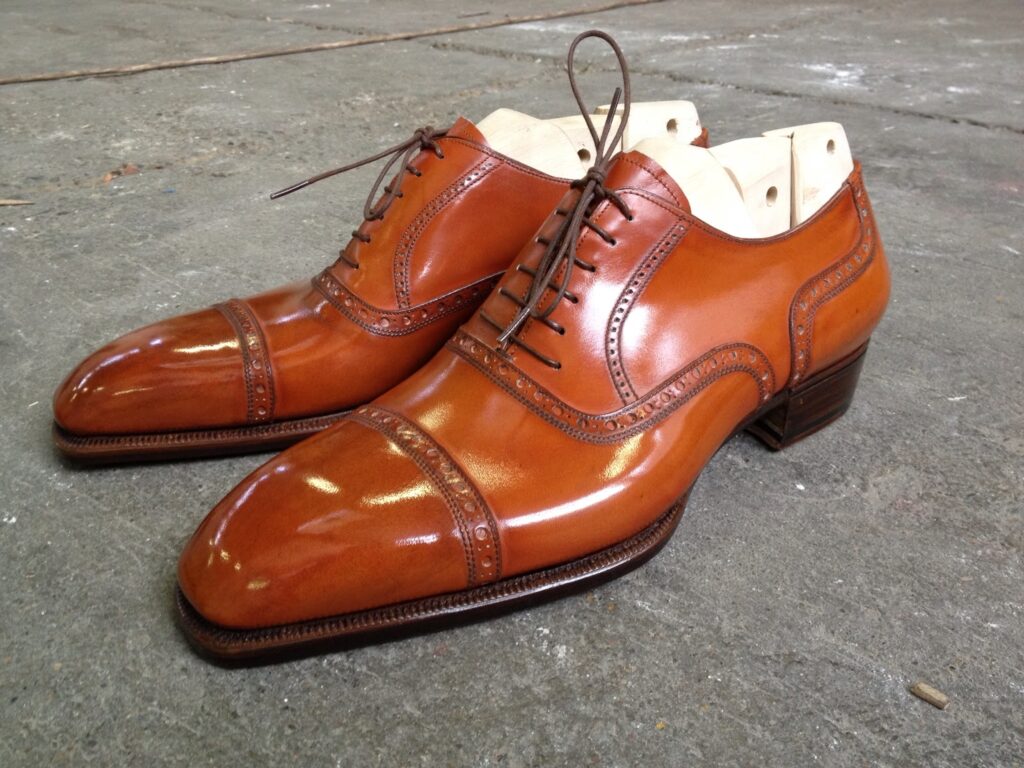
The name pointed toe should not be used along with round toe and square toe, because it only extends the tip of round toe or square toe more.
In addition to chisel toe, which is currently more popular, there is another one, that is almond toe.
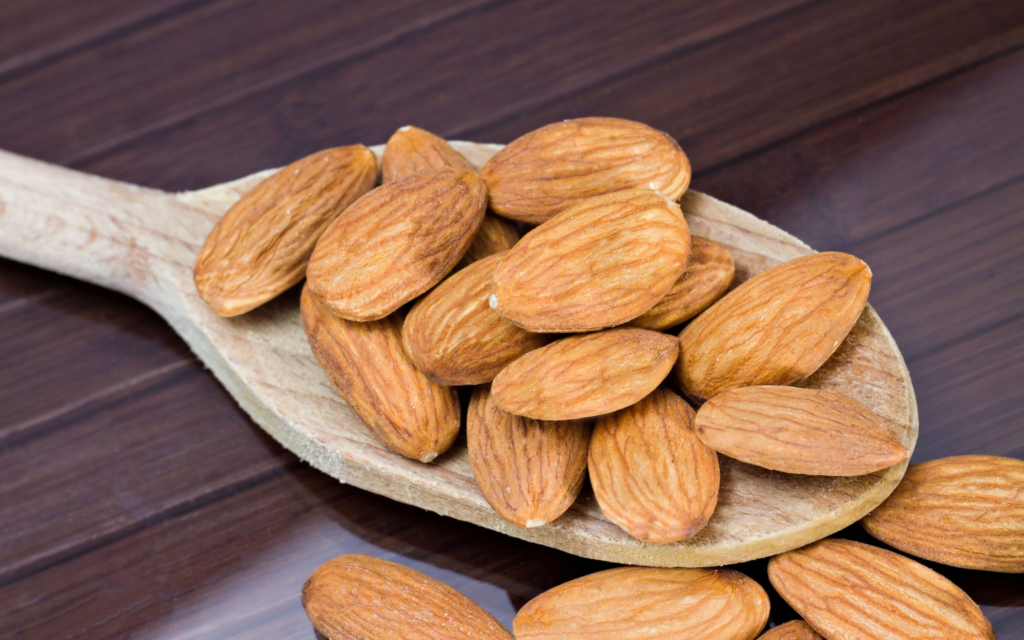
I don’t know when almond toe first appeared, but when it comes to this last, the one from Japanese bespoke shoemaker Masaru Okuyama is most appreciated.
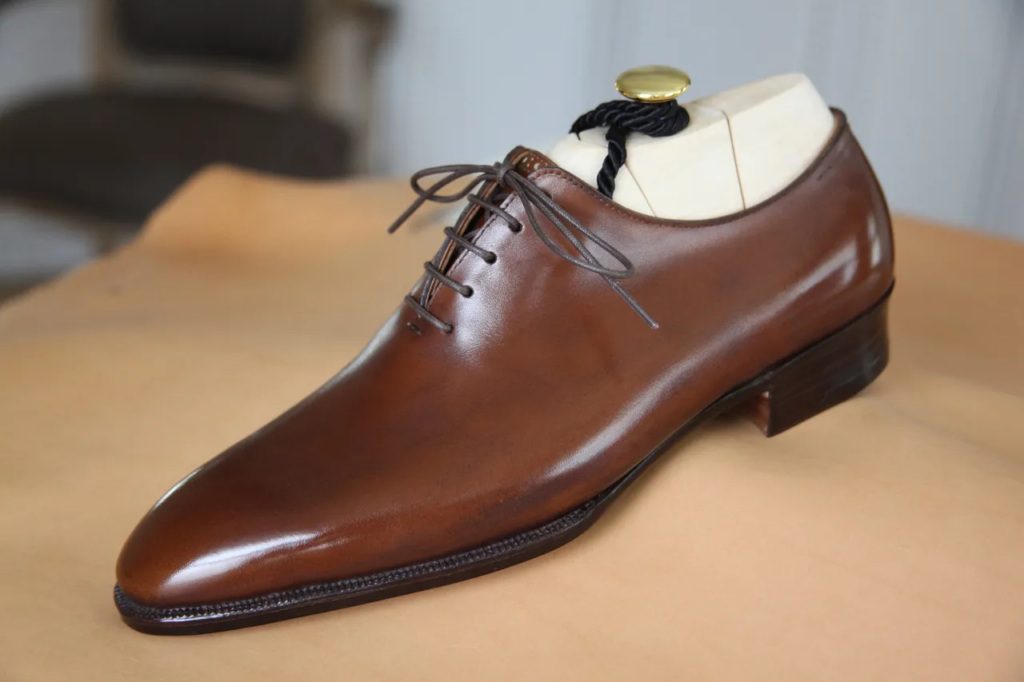
I concluded from his shoes that the almond toe may be sharper than small round toe, but not to the extent of a pointed toe.

In my recent visit to Roiluxe, I also noticed almond last from Antonio Meccariello, which fits may interpretation of almond toe.
But recently, after wearing Carlos Santos Swan, I have a new understanding.
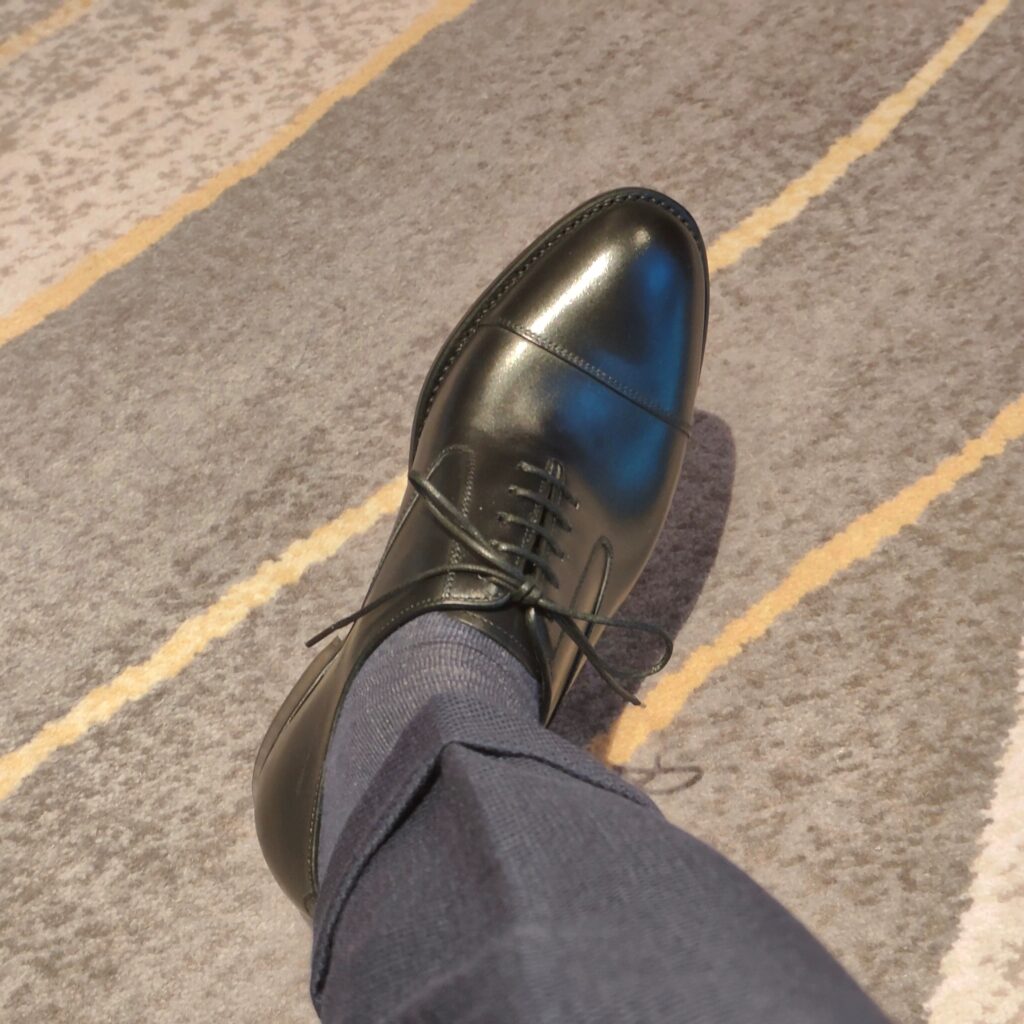
For this new Swan I chose last 397, a big round toe. The official name for this last is almond toe, which I have always disagreed with.

I’m sure anyone who sees this toe shape will know why I like it and agree that it is a big round toe.
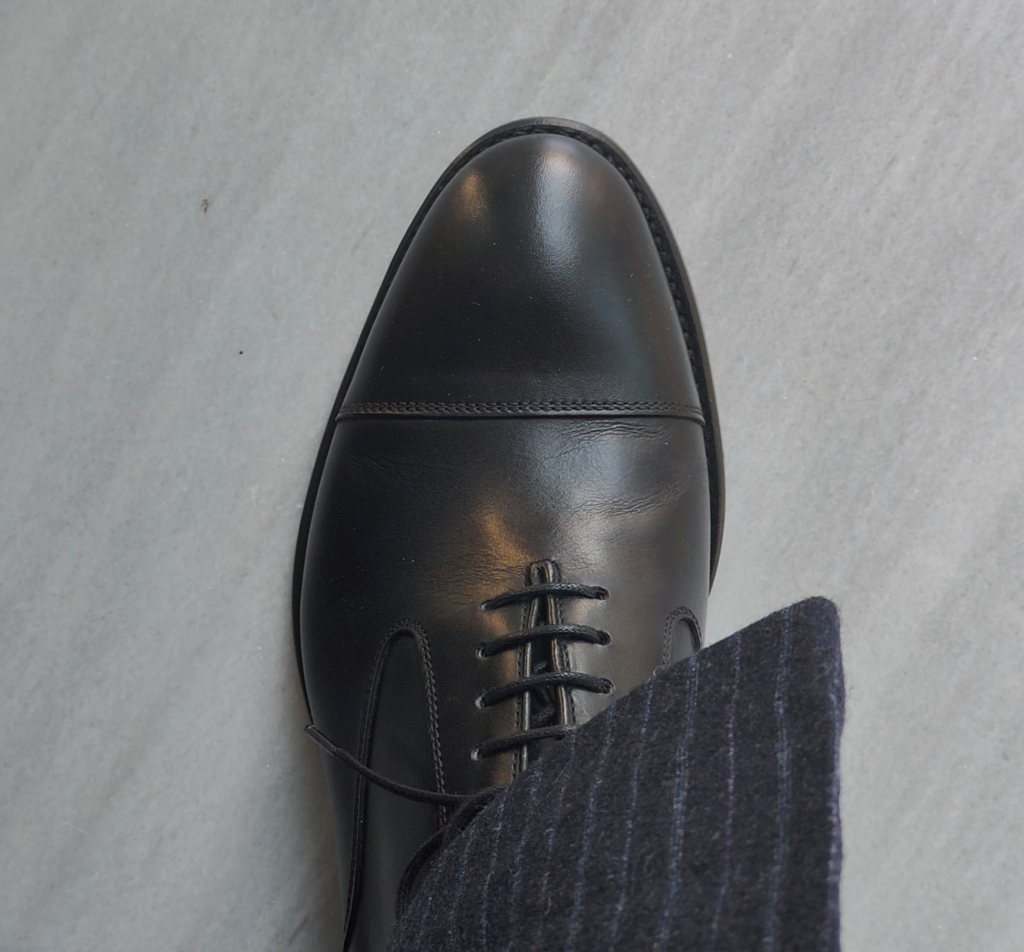
However, when I suddenly looked at it yesterday, I felt that it didn’t seem to be round enough and a little pointy, that is, in line with the official description, almond toe.

I was thinking why such a chubby toe still makes people feel pointy? If John Lobb last 7000 and 8695 are almond toe because they have smaller toes, how does this 397 last do so?
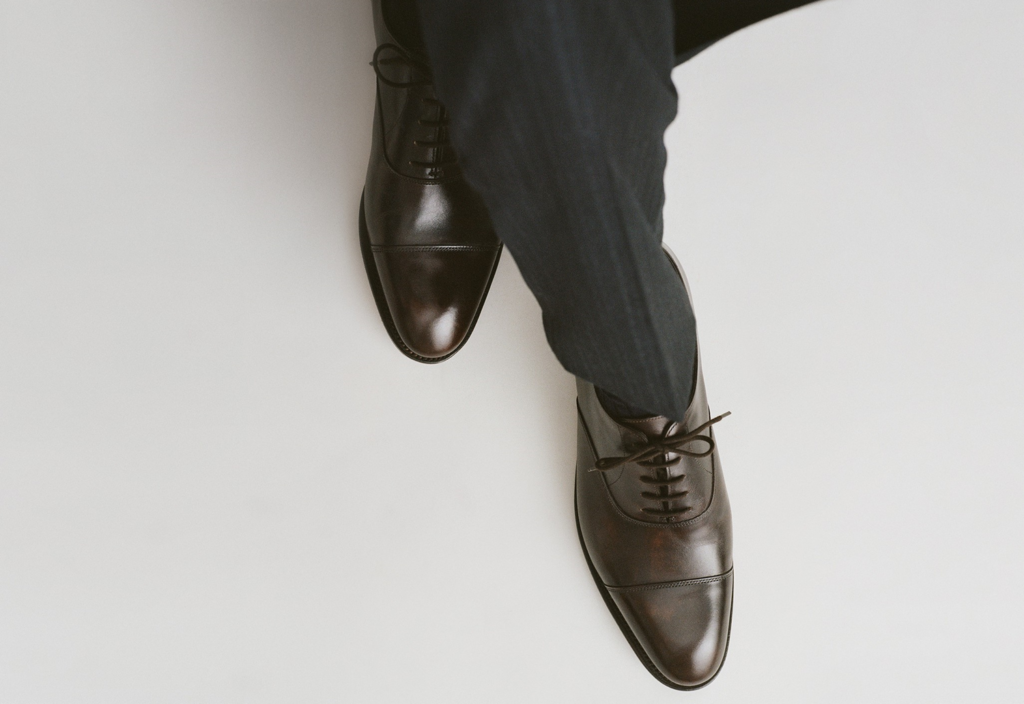
My new and deeper understanding is that the characteristics of almond toe is not achieved by the shape of the toe alone, but also by the line from the widest part of the outside of the foot to toe. The almond toe has a round curve from widest area to halfway, more inclined to the feeling of a blunt round toe, but in the front section, it will go straight.
We compare it to Edward Green’s classic chubby last 202.
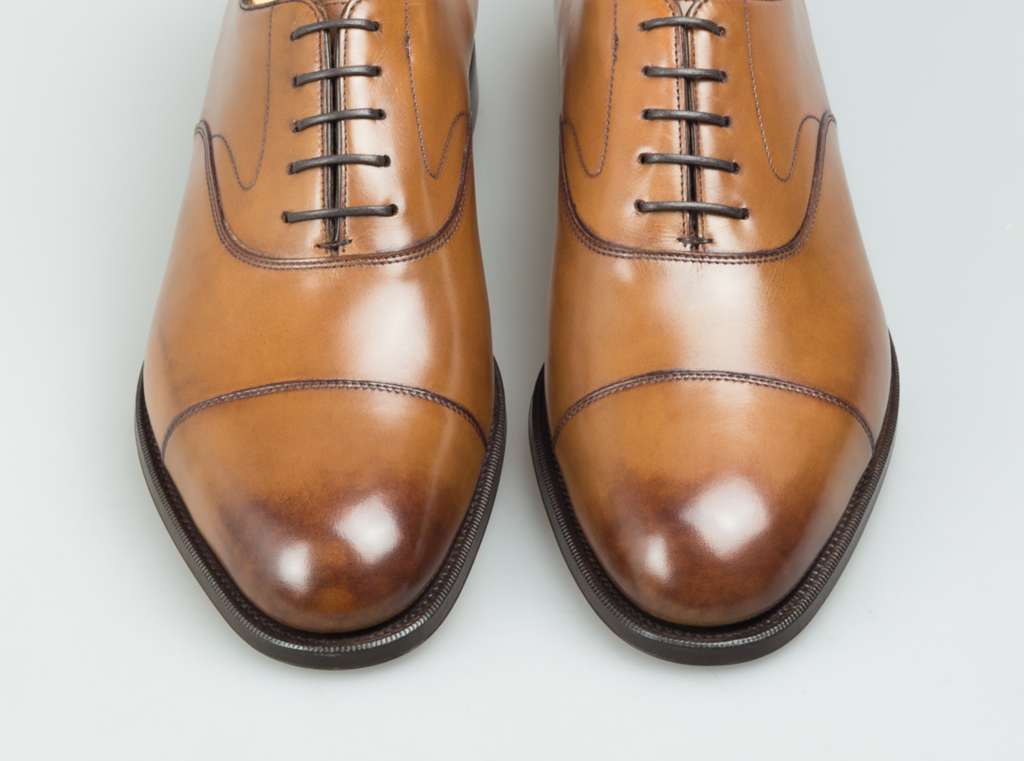
In the past, we would only think that its toe was fat, but Carlos Santos last 397 is equally fat, and the 202 maintains a rounded curve from toe cap to tip, which is the real difference from almond toe.
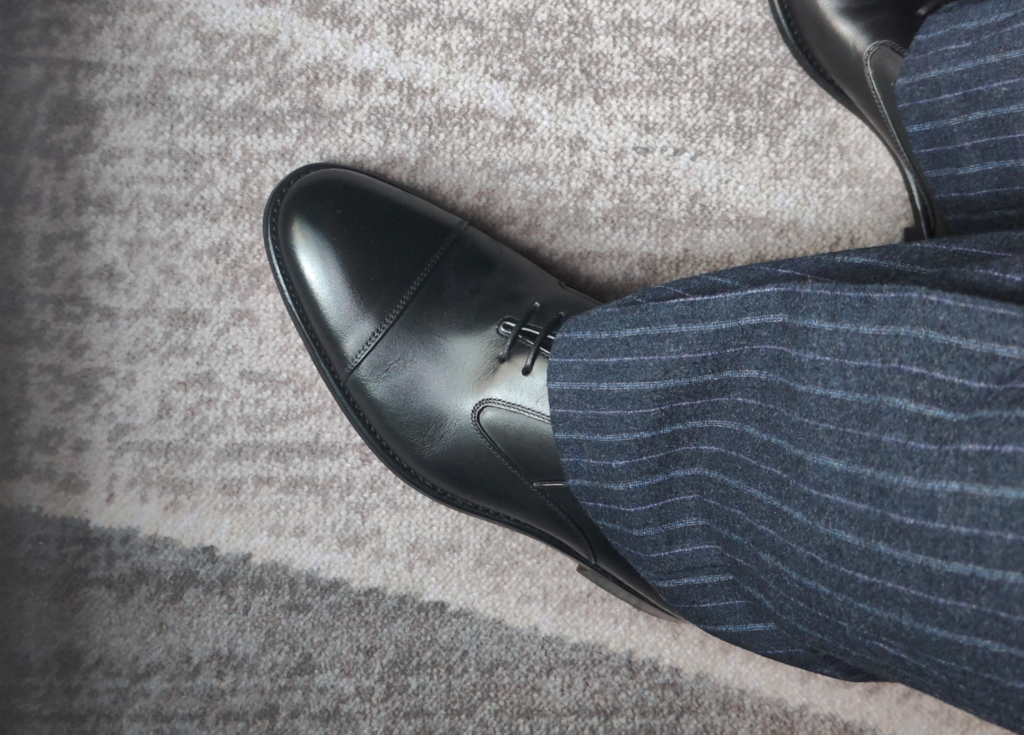
At this angle, almond toe is more obvious, is it your dish?

